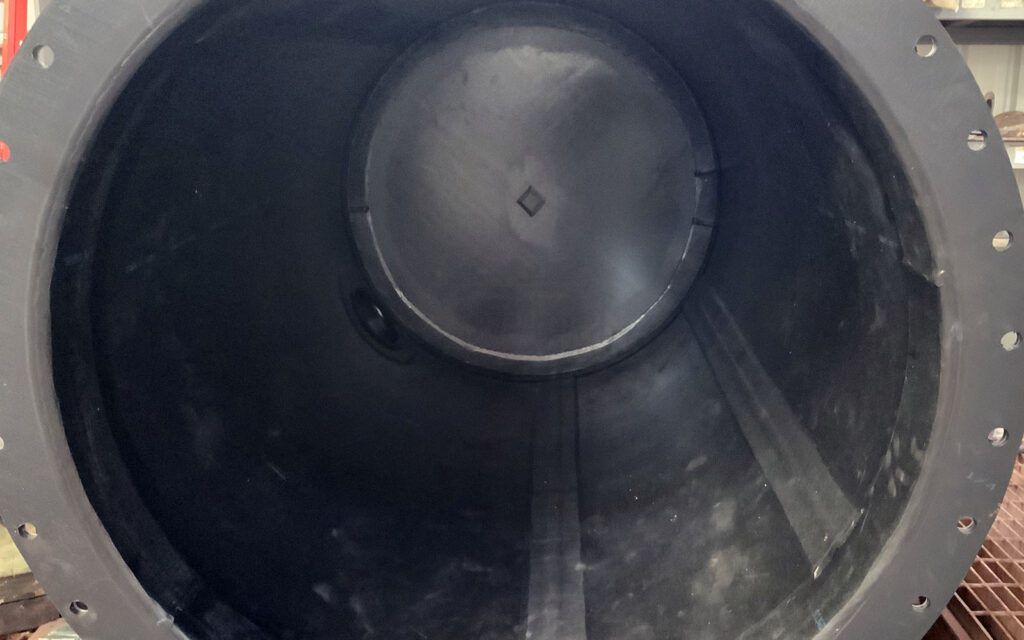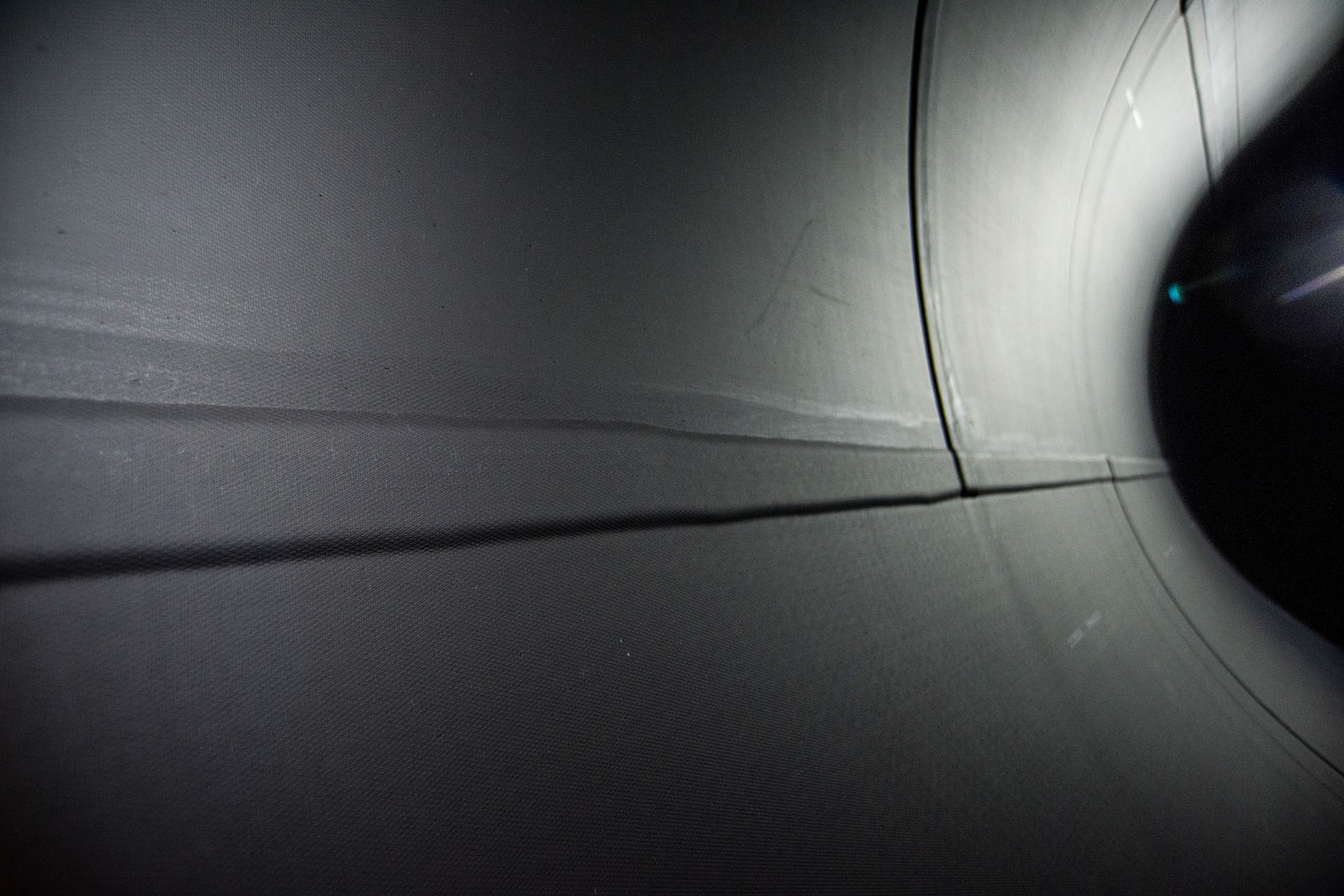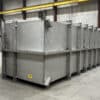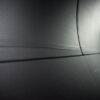Seam Types in Rubber Lining Applications
In industrial environments where corrosion and abrasion are constant threats, rubber linings serve as a critical barrier to protect assets, people, and the environment. From chemical processing to mining, water treatment, and transportation, properly installed industrial linings help ensure operational safety, equipment longevity, and cost efficiency.
Selecting the right lining material, whether natural rubber or synthetic options, along with the appropriate thickness and hardness, is only part of the equation. The method of joining rubber sheets plays a vital role in the overall performance of a lining system. Poor seam construction can lead to failure, while expertly crafted joints ensure long-term protection and reliability. In this article, we explore the different seam types used in rubber lining, construction methods, and how to choose the right one for your application.
The Role of Seam Types in Rubber Lining Systems
Seams connect individual sheets of rubber during the lining process. While rubber itself is highly durable, seams can become points of vulnerability if not installed correctly. Selecting the right seam type and installation precision is essential to prevent leaks, maintain chemical resistance, and ensure the system performs under pressure.
The two most common seam styles in rubber lining are overlap joints and skive butt joints (with or without cap strips). Each has unique characteristics, construction requirements, and advantages depending on service conditions.
Overlap Seams
Overlap seams are created by skiving and overlapping the edges of two rubber sheets, typically by about two inches.
In a closed skive configuration, both the top and bottom sheets are skived usually at a 45-degree angle, with a 2″ overlap so they interlock flush, forming a seamless, tapered transition. This method is especially effective in multi-layer syntetic industrial linings containing tie gum. It helps protect the underlying plies from chemical attack and mechanical damage.
Open skive seams, which also use a 2” overlap, are typically used in single-layer natural rubber systems without tie gum. The open skives place less stress on the seam compared to closed skives and are less likely to lift during the curing process.
 These seams are particularly effective in high-wear or high-flow environments, where durability is critical. To minimize the risk of seam lifting under flow pressure, it’s important to align the overlaps in the direction of media flow.
These seams are particularly effective in high-wear or high-flow environments, where durability is critical. To minimize the risk of seam lifting under flow pressure, it’s important to align the overlaps in the direction of media flow.
Overlap seams are also relatively efficient to install and require minimal additional materials. This makes them a popular choice for standard chemical and abrasive applications. Their combination of strength, protection, and ease of installation makes them a reliable solution in many industrial rubber lining projects.
Skive Butt Joint Seams
Skive butt joints are made by skiving the edges of two sheets at a 45-degree angle and butting them together without overlapping. This results in a smooth, flush surface, which can be ideal for flat areas or when clearances are tight. While this type of joint can be used on its own, it is often reinforced with a cap strip in more aggressive environments.
Butt joints without cap strips are typically faster to install and offer a clean appearance. However, they provide less chemical protection at the seam and require exact alignment and surface preparation.
 Cap Strips
Cap Strips
A cap strip is a 4 inch wide, 1/8-inch-thick strip of skived, uncured rubber applied directly over a butt joint. Its main purpose is to seal and protect the seam, particularly in highly corrosive environments such as bleach tanks. Unlike base rubber, cap strips do not contain tie gum. This makes them less chemically reactive and more suitable for aggressive chemical service.
 Cap strips are applied after spark testing and de-airing the butt joint, then cured along with the rest of the lining. They add an extra barrier of protection and provide a backup seal in case the primary seam begins to degrade.
Cap strips are applied after spark testing and de-airing the butt joint, then cured along with the rest of the lining. They add an extra barrier of protection and provide a backup seal in case the primary seam begins to degrade.
Cap strips provide superior sealing in corrosive service environments, reducing the risk of air entrapment during installation. They also offer secondary protection. If the primary seam begins to degrade, the cap strip acts as an additional barrier to protect the substrate.
Choosing Between Cap Strips and Lap Joints
Using a butt joint seam with a cap strip is more expensive and time-consuming than a standard overlap joint because it involves additional materials, labor, and process steps.
Unlike a lap joint, which requires simply skiving, overlapping, and bonding two rubber sheets, a butt joint must be precisely aligned and skived edge-to-edge, spark tested, de-aired, and then covered with a separate cap strip that must also be centered, bonded, and cured with the rest of the lining. This adds extra rubber material, specialized rubber-to-rubber adhesives, and more time for careful installation. It also requires a higher skill level to ensure seam integrity, particularly in critical chemical service environments.
While cap strips provide added protection they are typically reserved for critical service environments where maximum performance is required. For most standard applications, a 2-inch overlap joint is often sufficient and preferred, as it provides reliable sealing with less complexity.

A Butt Joint Seam with Cap Strip
Factors Influencing Seam Type Selection
Selecting the right seam type, whether a lap joint, skive butt joint, or cap strip, plays a critical role in the performance and longevity of any rubber lining system. The decision depends on several factors, starting with the operating environment. For aggressive chemical applications like bleach or acid service, cap strips are preferred for their superior sealing and chemical resistance. In less demanding or abrasive conditions, lap joints with closed skives usually provide sufficient protection, especially when installed in the flow direction to prevent seam lifting.
The geometry of the equipment also has a direct impact on seam selection. Tight or irregular spaces may limit the practicality of overlap joints, making butt joints with cap strips a better solution.
The thickness of the rubber lining is another key factor; linings thicker than 1/4 inch can make overlaps too bulky, in which case butt joints with 1/8 inch cap strip are used to avoid excessive seam buildup. Seam types must also be compatible with the curing method and adhesive systems to ensure a strong, void-free bond during installation.
Cost and timeline are practical concerns that can influence the choice. While cap strips provide added protection, they also require more material, adhesive, and skilled labor, extending the overall installation process. Lap joints, by comparison, are faster to install and more economical, making them ideal for standard service conditions when performance demands are moderate.
Finally, customer specifications and industry standards often dictate seam selection. At Abtrex, we take all of these variables into account. Chemical and abrasive exposure, equipment geometry, liner thickness, performance goals, and compliance needs to recommend and implement the most effective seam strategy for every application.
A rubber lining is only as reliable as the way it’s applied, and that includes how its seams are constructed. Whether you choose overlap joints, skive butt joints, or cap strips, each plays a crucial role in the effectiveness of your corrosion protection system. At Abtrex Industries, our rubber liners bring decades of experience in industrial lining installation, material selection, and seam design to ensure your system operates reliably, even under the toughest conditions.
Need help choosing the right seam type for your rubber lining application? Contact Abtrex today to speak with one of our experts or request a custom quote for your next project.





